Compared with 2019, the Southeastern Pennsylvania Transportation Authority (SEPTA) is carrying 30 percent fewer riders and collecting 13 percent less revenue per rider. Yet it is spending 10 percent more on operations despite having cut service by 10 percent. It previously filled this funding gap with federal COVID relief funds, but now those have run out. In order to continue operating as if there had been no ridership decline, SEPTA has demanded that the state legislature supplement its existing funding — $1.5 billion per year — with an additional $300 million in F.Y. 2026.
SEPTA Silverliner train. Photo by Adam E. Moreira.
The legislature failed to comply, so SEPTA has petulantly adopted a budget that makes what it calls “devastating service cuts & fare increases.” “This budget will effectively dismantle SEPTA — leaving the City and region without the frequent, reliable transit service that has been an engine of economic growth, mobility, and opportunity,” says an agency press release. “Once this dismantlement begins, it will be almost impossible to reverse, and the economic and social impacts will be immediate and long-lasting for all Pennsylvanians — whether they ride SEPTA or not.”
This apocalyptic rhetoric is inappropriate for a supposedly public service agency. First, SEPTA’s claim that “there is nothing left to cut from the budget but service” is simply not true. Among other things, the agency suffers from bureaucratic bloat. Despite a 45 drop in fare revenues between 2019 and 2023, SEPTA increased its “general administration” spending by 37 percent.
SEPTA could also save money, paradoxically, by hiring more employees. The average SEPTA wage earner works far more than 40 hours a week, meaning they are collecting “rampant overtime” bonuses. Hiring more workers could reduce the need to pay overtime, but unions oppose such measures.
SEPTA also spends nearly half a billion dollars a year on capital projects to maintain existing rail services. SEPTA could save much of this money by replacing its trolleys and some of its other rail services with buses.
SEPTA’s new budget includes a 21 percent fare increase and a 45 percent cut in service. Considering that average fares are less than what they were before the pandemic and that inflation since the pandemic has increased prices by more than 21 percent, the fare increase seems modest.
However, the service cuts may be excessive. The budget would completely eliminate 32 (out of 123) bus routes and five regional rail lines, while cutting service on the remaining routes by 20 percent. Cutting the five rail routes, which carry few passengers, makes sense if they are replaced by buses. Eliminating the bus routes gives reporters an opportunity to find people whose lives would be “devastated” by the cuts, though the same reporters rarely consult the 96.9 percent of state taxpayers who have to pay for transit rides they rarely if ever take.
Instead of eliminating 32 bus routes, why not just cut service on all routes proportional to the ridership of each route? Some routes might need six buses an hour, others only one an hour. SEPTA may not want to do this because it needs to point to transit-dependent people who use particular routes and show how the cuts would upend their lives in the hope that the legislature will cave in to its demands for $300 million more. This is known as the “Washington Monument strategy” after the Park Service responded to a small cut in its budget by shutting down the elevator to the top of that monument.
SEPTA also attempts to engage in blackmail, claiming that these cuts will cause it to “lose its ability to serve as Pennsylvania’s economic engine” and as a result “the region will catastrophically change.” Yet SEPTA is more of an economic drain than an economic engine.
SEPTA ridership was already declining before the pandemic. After reaching a peak of 363 million riders in 2012, it dropped by more than 15 percent to 308 million riders in 2019. This did not cause a catastrophic change to Pennsylvania’s or Philadelphia’s economy. According to the Bureau of Economic Analysis, the state’s real (inflation-adjusted) gross domestic product grew by 12 percent during that time period while that of the Philadelphia metro area grew by 10 percent.
Prior to the pandemic, SEPTA carried almost half of downtown employees to work. While that sounds important, less than 9 percent of the jobs in the Philadelphia urban area were located downtown and less than 7 percent of people who worked elsewhere commuted by transit. As of 2019, 10.2 percent of Philadelphia-area workers commuted by transit, but by 2023 it fell to just 6.9 percent.
Census data show that fewer than 172,000 out of 2.55 million workers in Pennsylvania’s share of the Philadelphia metro area commuted by transit in 2023. Another 42,000 (out of 240,000) took transit in the Pittsburgh urban area. Fewer than 27,000 workers, or 0.8 percent, in the rest of the state (which includes half the state’s workers) commuted by transit. Yet SEPTA is expecting taxpayers in the rest of the state to pick up more than half the bill for its unwillingness to operate efficiently or update its business model.
While those numbers are probably a little higher today, they are still well below 2019 levels. Considering that downtown Philadelphia has a 21 percent office vacancy rate, transit’s share of commuting probably won’t ever be that high again, at least as long as SEPTA maintains its downtown-centric orientation.
The decline in transit usage after 2019 also failed to devastate Pennsylvania’s economy, which had recovered to 2019 levels by 2022 and which was 6 percent larger in 2024 than 2019. This was possible because the share of people working at home grew from less than 6 percent to nearly 17 percent. This may have hurt downtown Philadelphia, but Philadelphia is more than just its downtown. Wikipedia lists a dozen edge cities around Philadelphia, and there are probably more. These are poorly served by SEPTA, mainly because SEPTA’s expensive rail system focuses on downtown and keeping it running doesn’t leave much for improvements in bus routes.
What could devastate Pennsylvania’s economy is an increase in taxes to pay for buses and trains that few people ride. Just 3.1 percent of Pennsylvania workers ride SEPTA to work and just 3.8 percent ride any transit to work; in expecting the state to pay more money supporting its system, SEPTA seeks to burden on 6 million taxpayers who rarely if ever ride transit and get few to no benefits from it. This will lead people and businesses to leave Pennsylvania for lower-tax states.
SEPTA doesn’t try to serve edge cities as well as downtown because it gets most of its money from politicians, not transit riders, giving it little incentive to adjust its routes to attract new riders. Now that the pandemic accelerated the decline of downtown, SEPTA’s downtown-centric business model is less sustainable than ever, and if the state subsidizes it even more, SEPTA will have even less of an incentive to boost ridership.
Rather than provide better service to edge cities, SEPTA hopes to make up for its ineffective business model by panicking the legislature into giving it more money to support its bloated bureaucracy, antiquated technologies, and obsolete route structure in the face of declining ridership.
Pittsburgh is also trying to hold up the legislature for more money, promising its riders “we are continuing to fight.” Legally, the legislature has until today to pass an appropriations bill for fiscal year 2026 (which starts tomorrow), though it often goes past the deadline. Pennsylvania taxpayers should hope that the legislature doesn’t succumb to the transit agencies’ attempted blackmail.

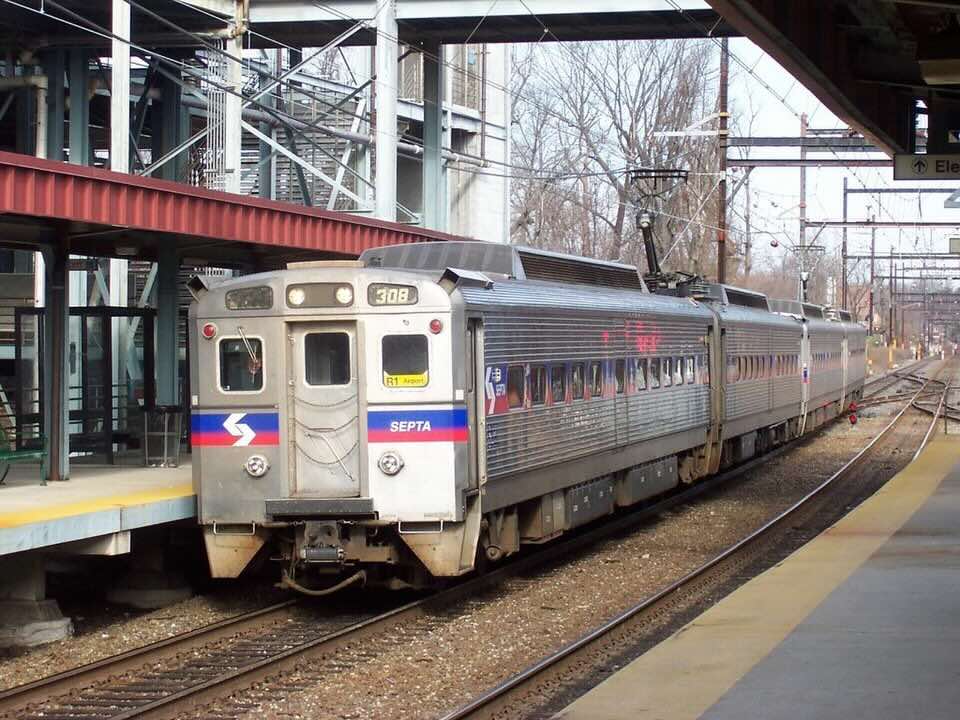
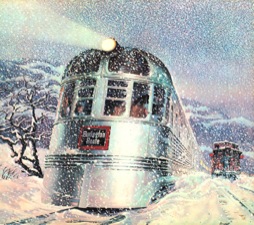
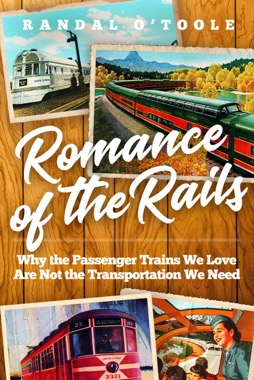
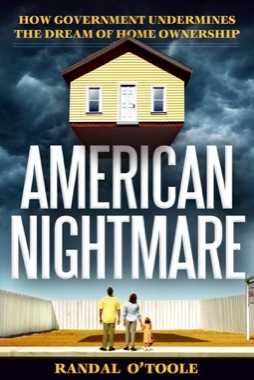
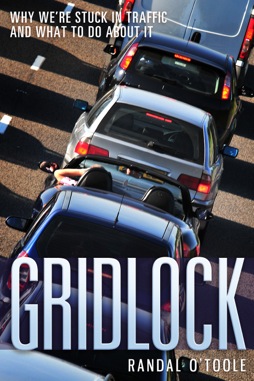
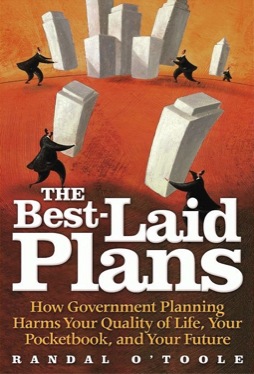
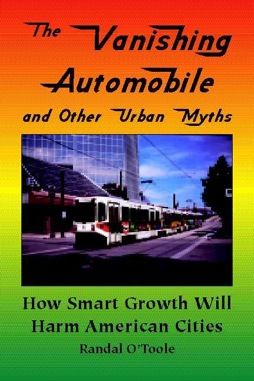
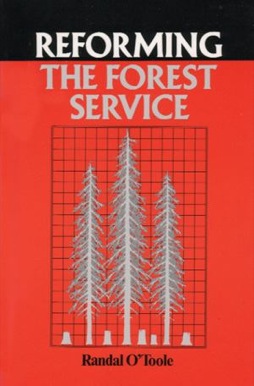
A Couple of Things That Are Either Not Mentioned or Omitted in This Article:
1. “SEPTA could save much of this money by replacing its trolleys and some of its other rail services with buses.” I would love to know which rail services and trolleys the AP suggests be replaced with buses—especially considering that all of SEPTA’s rail lines and trolleys, except for the G trolley, and the D1 & D2 which have their own ROW, operate underground in Center City and University City. Replacing them with surface buses would significantly slow travel times for these “new” bus lines.
2. The AP has obviously never heard of Title VI, since he suggests that bus lines can simply be cut based on ridership. Title VI prohibits service cuts that disproportionately impact protected classes. In Philadelphia, that includes communities of color, so any such changes must undergo Title VI analysis, which is what SEPTA did when proposing these cuts.
3. One key point not mentioned in the article is that SEPTA is considering cutting certain regional rail lines because they share tracks with Amtrak. SEPTA currently pays Amtrak $60 million per year for track access, so eliminating those lines would save that cost.
4. If “SEPTA is more of an economic drain than an economic engine,” then why did three of the largest employers in Pennsylvania (University of Pennsylvania, Children’s Hospital of Philadelphia, and Comcast) write an article in The Philadelphia Inquirer last week urging state lawmakers to fund SEPTA? Clearly, these institutions recognize the transit system’s essential role in supporting the regional economy and their workforce.
Transit agencies wanna run like a business, then next breath run as if public good.
If youre not a business Why do transit agencies have boards of directors.
The article conveniently ignores the massive, hidden subsidies that underpin car-centric infrastructure, while simultaneously demanding “profitability” from a public good.
Ultimately, this critique feels more like a predetermined narrative than a genuine analysis, failing to grasp the systemic challenges public transit faces in a world still beholden to the car.
The idea that transit could become significantly more “profitable”—or at least financially self-sustaining without perceived heavy subsidies—becomes entirely plausible if drivers were made to pay for the true negative externalities of car ownership and use.
Which are..
Air and Noise Pollution: Health impacts (respiratory, cardiovascular diseases, premature deaths), reduced quality of life, and environmental damage.
Accidents: Costs associated with emergency services, healthcare, property damage, and lost lives that aren’t fully covered by insurance or borne by the at-fault driver.
Health Problems due to Physical Inactivity: Car dependency directly correlates with sedentary lifestyles. Reduced walking, cycling, and use of active transport modes lead to higher rates of obesity, cardiovascular disease, diabetes, and other chronic health conditions, imposing massive costs on healthcare systems and reducing societal productivity. Studies highlight significant health losses and billions in annual costs attributed to physical inactivity driven by car dependence.
How to do this?
1. Congestion Pricing
2. Higher fuel taxes and carbon taxes
3. Increased parking fees
4. Traffic Calming and less public space for cars
While few, if any, major public transit systems globally are “profitable” in the strict private-sector sense due to their public service mandate, systems in places like Japan (e.g., Tokyo’s private rail lines) demonstrate very high farebox recovery rates and operate profitably due to high ridership densities often linked to robust urban planning and significant land value capture. If governments consistently applied comprehensive charges for driving’s externalities, public transit’s financial picture would fundamentally transform, moving it from a perceived “drain” to a demonstrably self-sustaining, perhaps even profit-generating, engine of urban prosperity and public health.
But this would be the opposite of dismantling public transit, right Randal?
Here is the solution to car dependency: https://youtu.be/r-TuGAHR78w?si=zYZ26zenZjey-WL1